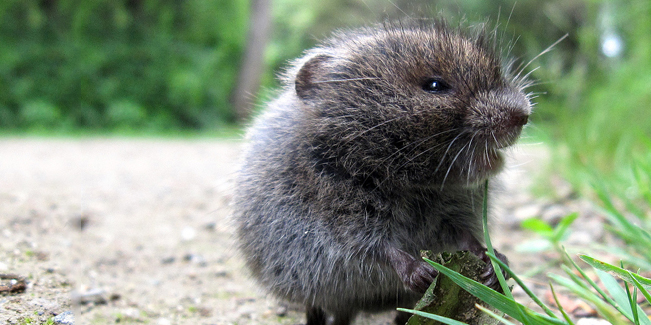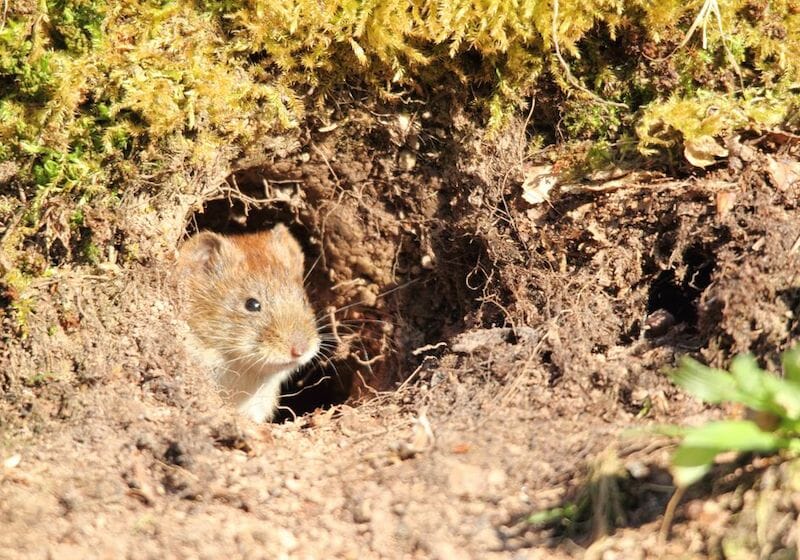Proven Vole Control Techniques to Guard Your Property
Proven Vole Control Techniques to Guard Your Property
Blog Article
Comprehensive Guide to Effective Vole Insect Control: Infestation Identification and Therapy Techniques
In the world of efficient pest control, vole problems pose a special difficulty that requires a tactical approach. By discovering the subtleties of vole actions, recognizing key signs of infestation, and examining an array of control options, one can create a thorough technique to deal with these evasive parasites.
Comprehending Vole Actions
Vole habits is defined by their burrowing routines and quick reproduction rates, making them a tough pest to manage properly. Their rapid reproductive price additional makes complex control initiatives, with ladies qualified of creating numerous trashes in a solitary year, each containing several spawn.
Voles are most active throughout the morning and night hours, spending most of their time foraging for food. Their tunneling habits not just disrupt yards and yards yet additionally make them challenging to get rid of and detect. Understanding vole habits is vital for efficient parasite control techniques. By identifying their burrow places, checking feeding areas, and implementing targeted control techniques, such as capturing or environment modification, vole problems can be managed successfully.
Signs of Vole Invasion

Prevention Methods
Executing effective avoidance methods is critical in lessening vole invasions and securing plants from their devastating feeding behaviors. To protect against vole problems, it is necessary to start by getting rid of prospective food sources and sanctuary.
Consistently inspecting the home for signs of vole task, such as paths and tunnel openings, is vital for early detection and punctual action. Think about using catches or repellents tactically placed near their paths if vole activity is believed. Using natural predators like serpents or owls can additionally help keep vole populations in check. By executing a mix of these prevention methods, home owners and gardeners can properly safeguard their plant life from vole damage.
Non-Lethal Control Techniques
To properly manage vole populations while prioritizing humane methods, non-lethal control techniques use practical remedies for reducing vole damages in landscapes and gardens. One reliable technique is the usage of physical obstacles such as equipment towel or wire mesh to secure prone plants. These obstacles can be hidden at the very least 12 inches deep and bent at a 90-degree angle to avoid voles from tunneling beneath. Furthermore, environment modification can deter voles by decreasing their chosen food sources and hiding spots. Maintaining a well-mowed lawn, getting rid of particles, and maintaining plant life trimmed can make the setting less attractive to voles.

Lethal Control Options
One reliable approach for resolving vole invasions in yards and landscapes involves the calculated use deadly control choices. When confronted with a severe vole invasion that non-lethal approaches have failed to consist of, executing deadly control measures ends up being important. One typically used deadly control alternative is the usage of snap traps. These traps are made to swiftly and humanely recommended you read eliminate voles upon activation, making them a prominent choice for numerous gardeners and landscaping companies. To enhance the effectiveness of breeze catches, it is suggested to position them in locations where vole task is high, such as along runways or near burrow entryways. An additional deadly control option is the application of hazardous lures specifically developed to target voles. These baits include poison that is ingested by the voles, leading to their ultimate death. Care should be worked out when utilizing toxic baits to stop injury to non-target pets or pet dogs. Overall, when employing lethal control options, it is necessary to do so properly and based on local policies to efficiently manage vole infestations.
Conclusion
Finally, effective vole parasite control needs a comprehensive understanding of vole habits, recognition of signs of problem, application of avoidance strategies, and usage of both deadly and non-lethal control approaches. By integrating these approaches, individuals can properly manage vole populaces and safeguard their home from damages. It is very important to address vole invasions without delay to stop more concerns and minimize the effect on the surrounding setting.
Given the elaborate passage systems and quick recreation prices characteristic of voles, identifying the signs of vole invasion comes to be vital in reliable insect control. One of the key indicators of vole presence is the existence of surface area paths or tracks in lawn or snow, typically about 1-2 inches broad, produced as voles travel in between their burrows and food sources.To successfully take care of vole populaces while prioritizing humane methods, non-lethal control methods use sensible solutions for minimizing vole damages in landscapes and yards.One reliable approach for attending to vole problems in yards and landscapes entails the critical usage view publisher site of dangerous control options. vole pest control.In conclusion, effective vole pest control requires a comprehensive understanding of vole habits, recognition of indicators of invasion, implementation of prevention methods, and usage of both non-lethal and lethal control methods
Report this page